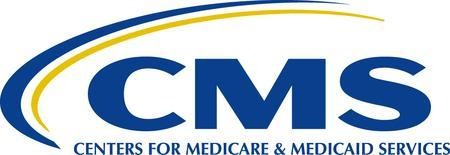Mother and Infant Home Visiting Program
Evaluation (MIHOPE)
Informing the Future of Home Visiting
Centralized Intake: Innovation in the Field
Some communities where home visiting services are available are piloting or implementing a centralized intake system. Centralized intake is a promising approach to recruiting and introducing families to home visiting. It creates a single point of contact (it may be a community-based organization or a toll-free phone number) through which screening and referrals for home visiting occurs. Ideally, centralized intake allows a single provider to refer the family to the most appropriate service based on the needs of the family and the availability and requirements of the service.[1] In many cases, the opportunity to create a centralized intake system is made possible through federal MIECHV funding.
Among MIHOPE states, locations in California, Georgia, Illinois, Iowa, Kansas, New Jersey, and Wisconsin are innovating with centralized intake. Anecdotal reports that have emerged through MIHOPE indicate that centralized intake requires good relationships, leadership, trust, and an agreed-upon process that all partners believe will work well for them. These comments align with the experiences of other states and communities as reported in a recent webinar on centralized intake facilitated by the Health Resources and Services Administration (HRSA).
The informal reports about centralized intake also highlight that systems can be operationalized in different ways, to meet the needs of the community or state:
- In Illinois, six MIECHV-funded communities are implementing centralized intake. Each community formed a collaborative of existing home visiting service providers, selecting one to house central intake and make referrals to other collaborative members.
- In Kansas, centralized intake is occurring at the county level as a way to connect families with home visiting services as well as other community services. One county is developing communication processes between centralized intake and the home visiting programs to improve awareness of referrals generated through centralized intake and those conducted by specific service providers. The goal is to reduce redundancy of recruitment efforts among the programs and centralized intake. Programs report that they benefit from central intake because when a family is referred to them from central intake, the staff knows that family has been screened for eligibility and their program has been determined appropriate for that family.
- One community in Wisconsin has a centralized intake system operating out of one of the home visiting programs that is connected to prenatal care providers and all the hospitals in the community. One goal of centralized intake in this community is for every family with a newborn to be screened for services and to receive a visit from an assessment worker who can then refer the family to the organization(s) best suited to meet their unique needs. Because of the connection to the hospital, this centralized intake system ensures that the family of every baby is screened for home visiting, allowing service providers to reach many more families in the community.
Centralized intake is a creative approach to managing service delivery that is helping to shape the future of home visiting. Collaboration across models and organizations can create a coordinated system for engaging families in home visiting services. It is also hoped that increased coordination of services will result in families’ needs being met in a more streamlined manner.





